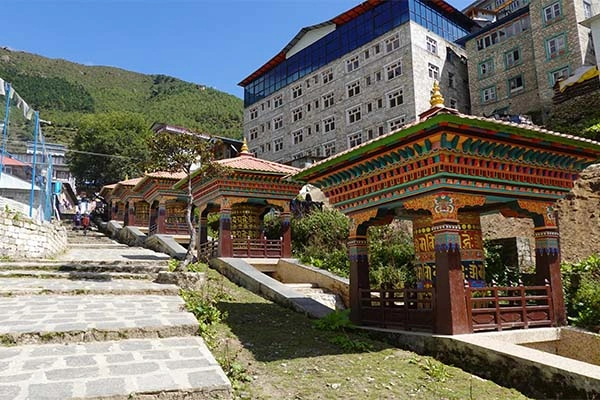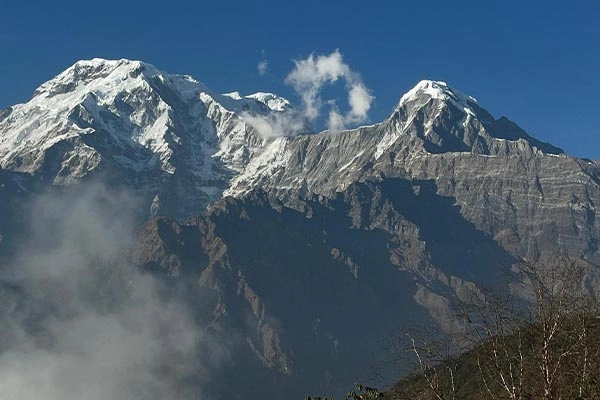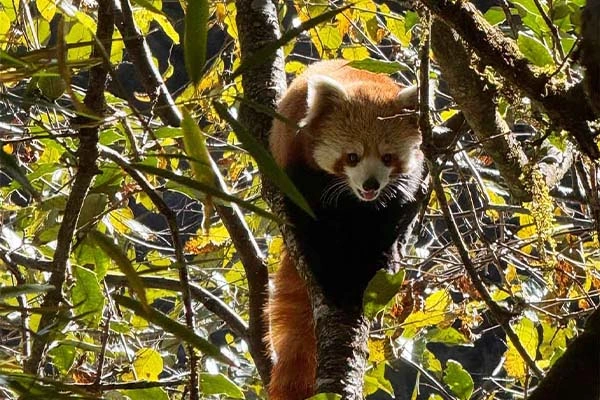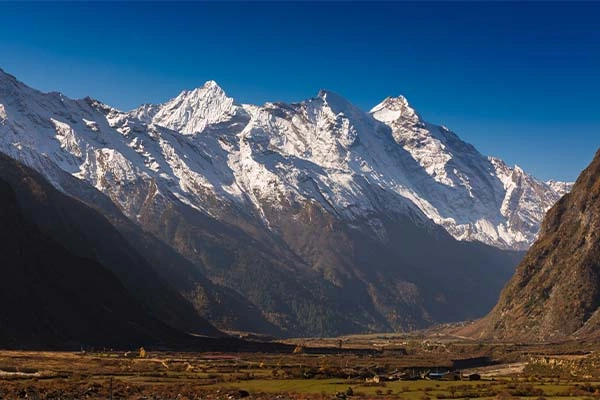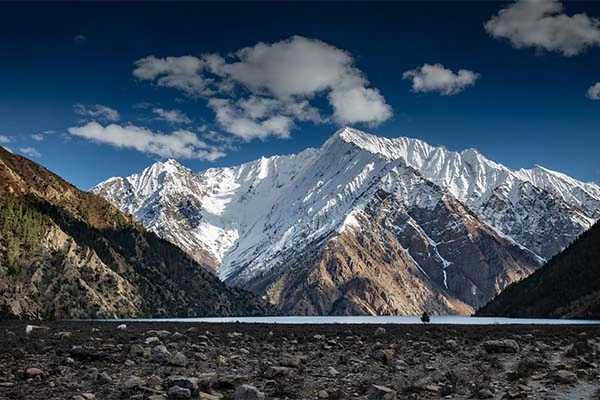Nepal offers invigorating Himalayan treks amid snow-capped peaks and rugged landscapes, from popular routes like Everest and Annapurna to offbeat trails and cultural gems like Upper Mustang. These challenging high-altitude adventures reward with stunning views, typically featuring lodge stays (or camping on remote paths). Good fitness is key; spring and autumn are ideal seasons. Join us for a memorable trek!
Trekking in Nepal
Everest Region Treks
Annapurna region Treks
Langtang Region Treks
Manaslu and Tsum Valley Region Treks
Kanchenjunga Region Treks
Dolpa and Rara Region Treks
Discover a rejuvenating adventure in Nepal through trekking and hiking in the majestic Himalayas. This land is enveloped by towering snow-capped peaks and rugged terrains, offering diverse trekking options—from popular routes to hidden off-the-beaten-path trails.
Nepal's treks present a thrilling challenge with high altitudes, yet the breathtaking rewards make you forget the fatigue. The Everest region tops the list as Nepal's most iconic trekking destination, followed closely by Annapurna, Langtang, Dolpo, and more. For cultural immersion, Upper Mustang, Dolpo, and Ruby Valley stand out as exceptional choices. Today, most treks feature comfortable lodge stays, though camping remains popular on remote routes. Strong physical fitness is essential for Nepal's treks, with spring and autumn as the prime seasons. Join us for an unforgettable Himalayan journey!

